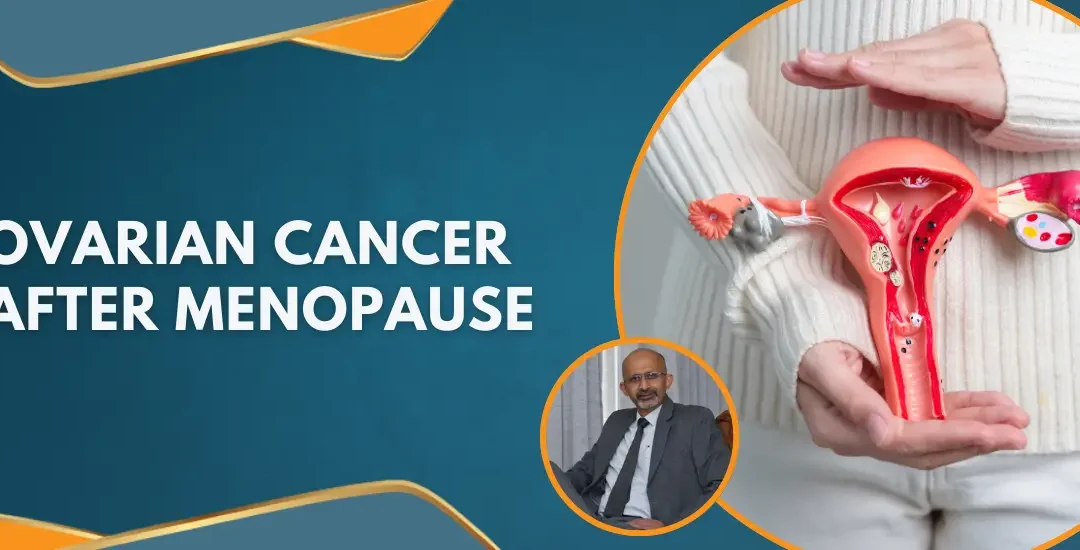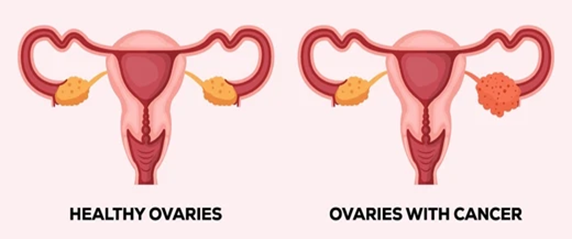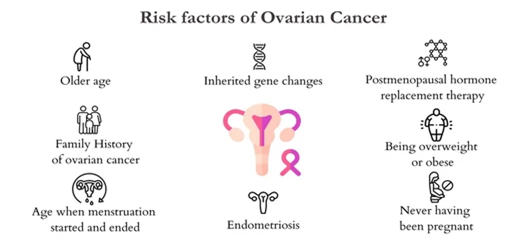
Vaginal Cancer after Hysterectomy
Hysterectomy is the surgical removal of the uterus. It’s a standard procedure to treat various conditions affecting a woman’s reproductive system. Even after such a definitive procedure, the possibility of developing cancers, such as vaginal cancer, still exists.
Dr. Sandeep Nayak, an accomplished oncologist in Bangalore, explains:
“Hysterectomy is also performed to address malignant or premalignant diseases of the cervix. But, vaginal cancer after hysterectomy, though rare, can still occur. This is because cells in the remaining vaginal tissue can still undergo harmful changes. If left untreated, it can lead to cancerous growth. This underscores the importance of ongoing vigilance and awareness post-surgery.”
Join us as we delve into the warning signs, stages, and challenges linked with vaginal cancer. Additionally, we will discuss the available treatment options and their implications for patients.
Recognizing warning signs of cancer can lead to early detection and better outcomes. Let’s delve into understanding our body’s signals to alert us.
Understanding Vaginal Cancer: Recognizing the Warning Signs
Vaginal cancer demands attention and awareness. Here’s what to watch out for, regardless of whether you’ve undergone hysterectomy or not:
Unusual Vaginal Bleeding (primary sign of vaginal cancer)

Bleeding after menopause or unusual bleeding between periods warrants prompt attention. Also, pay attention to any bleeding during or after sexual intercourse.
Abnormal Vaginal Discharge
Persistent discharge unrelated to menstruation or infection can indicate vaginal cancer. A sudden change in vaginal discharge may signal a problem, particularly if it becomes:
- Watery
- Bloody
- Foul-smelling
Pelvic Pain or Pressure
Don’t ignore persistent pelvic pain, often described as a constant ache or pressure. Pain during urination or bowel movements may also signal underlying issues.
Painful Intercourse
Discomfort or pain during sexual intercourse, unrelated to lubrication or emotional factors, merits attention.
Changes in Urination
A tumor pressing against the urinary tract may cause:
- Frequent urination
- Burning sensation
- Difficulty urinating
You must seek medical evaluation for urinary symptoms that persist beyond a few days.

Lump or Mass in the Vagina
Feeling a lump inside the vagina is a direct indication of something abnormal needing prompt attention.
Pain in the Back or Legs
Persistent pain in the lower back, hips, or legs, unrelated to other conditions or injuries may indicate advanced vaginal cancer. Cancer can cause pain due to pressure from a tumor or as a result of cancer spread.
Loss of Appetite or Unexplained Weight Loss
Significant, unexplained loss of weight or appetite could be a sign that cancer is affecting the body’s metabolism. These symptoms can be associated with many types of cancer, including lung, ovarian, pancreatic, stomach, and vulvar cancer.
Dr. Sandeep Nayak, an experienced robotic surgical oncologist in Bangalore, advises:
“These symptoms may not always indicate vaginal cancer. However, they warrant investigation to rule out serious conditions and ensure timely treatment if necessary. Regular visits and clear communication with a doctor are vital.”

Are you or someone you know experiencing any of these warning signs? It’s crucial to seek medical evaluation promptly – your health and well-being matter.
From the initial stages to advanced progression, understanding the stages of vaginal cancer is crucial. Let’s look at each stage to gain insights and empower ourselves with knowledge.
Vaginal Cancer Stages

Vaginal cancer stages indicate the extent of the disease:
Stage 0: Precancerous cells are present but confined to the surface of the vagina.
Stage I: Cancer has formed and is confined to the vaginal wall.
Stage II: Cancer has spread beyond the vagina to the tissue around it but not to the pelvic wall.
Stage III: Cancer has spread to the pelvic wall and/or nearby lymph nodes.
Stage IV: Cancer has spread to distant body parts, such as the lungs or liver.
Facing vaginal cancer can be daunting. Let’s explore the hurdles patients face with resilience and empathy.
Challenges of Vaginal Cancer: Understanding the Journey
Individuals encounter various challenges along their journey, such as:
Emotional Impact
A cancer diagnosis can evoke various emotions, including sadness, anxiety, and uncertainty about the future. Dealing with the emotional toll of cancer diagnosis and treatment can be challenging for patients and their loved ones.

Physical Symptoms and Side Effects
Vaginal cancer and its treatments can cause physical symptoms such as pain, discomfort, fatigue, and sexual dysfunction. Side effects of treatment, such as nausea, vomiting, hair loss, and appetite changes, can further impact quality of life.

Financial Strain

Managing the costs associated with cancer treatment, including medical bills, medication expenses, and transportation costs, can be overwhelming. Lost income due to treatment and recovery leave may add to the financial burden.
Changes in Relationships
Vaginal cancer can lead to challenges in communication, intimacy, and sexual function. Partners and caregivers may also experience emotional and psychological strain while supporting their loved ones.

Treatment Decisions and Access to Care
Making informed decisions about treatment options can overwhelm patients and their families. Patients may have limited access to specialized cancer care in some geographical regions or healthcare systems.

Survivorship and Rehabilitation

According to the seasoned oncologist in Bangalore and Samrohana founder, Dr. Sandeep Nayak:
“It’s crucial to address patients’ psychological and emotional needs throughout the cancer journey. Counseling and support groups can provide valuable support and coping strategies for patients and their families.”
When it comes to treating vaginal cancer, patients have several options available. Let’s explore each option to help you make informed decisions about your care.
Treatment Options for Vaginal Cancer
Here’s a breakdown of the treatment modalities commonly used:
Surgery
Surgery is often the primary treatment for vaginal cancer. Procedures may include:
- Wide local excision:Removal of cancer and some surrounding tissue
- Radical Vaginectomy:Removal of part or all of the vagina
- Radical hysterectomy:Removal of the uterus, cervix, and part of the vagina
- Pelvic exenteration: In advanced cases, pelvic exenteration surgery may be necessary to remove nearby organs affected by cancer.

Radiation Therapy
Radiation therapy uses high-energy beams to target and destroy cancer cells. The doctor may administer it externally (external beam radiation) or internally (brachytherapy). The approach depends on the stage and location of the cancer. Radiation therapy may be used alone or in combination with surgery or chemotherapy.

Chemotherapy
Chemotherapy uses powerful drugs to kill cancer cells or stop their growth. The cancer specialist administers it either through the bloodstream or via the vagina. They may combine chemotherapy with radiation therapy (chemoradiation) for more effective treatment. Doctors often use chemotherapy before or after surgery to shrink tumors or prevent cancer recurrence.

Targeted Therapy
Targeted therapy drugs aim to target cancer cells while sparing healthy cells. These drugs interfere with molecules that promote cancer growth and progression.

Immunotherapy

Palliative Care

Dr. Sandeep Nayak, a renowned oncologist in Bangalore, elaborates:
“The choice of treatment for vaginal cancer depends on various factors. These include the cancer stage, location, patient’s overall health, and personal preferences. A multidisciplinary team of healthcare providers work together to develop treatment plans tailored to each patient’s needs.”
Conclusion
Vaginal cancer after hysterectomy is relatively rare. However, being aware of the signs and treatment options available are vital steps in managing this disease effectively. Regular follow-ups with healthcare providers ensure any potential issues are addressed promptly.
Despite the challenges, individuals can find support and resources to navigate their journey with resilience and strength. Healthcare providers and support networks empower patients by addressing physical, emotional, and practical needs. This approach helps patients face challenges head-on and achieve the best possible outcomes.
Remember, your health is paramount. Don’t hesitate to seek help if something doesn’t feel right. Early detection is critical in fighting vaginal cancer. Take charge of your well-being today.
Unveil FAQs about breast cancer after menopause. Let’s get your questions answered.
Frequently Asked Questions:
1. At what age is vaginal cancer most common?
Vaginal cancer is most commonly diagnosed in women aged 60 and older, but it can occur at any age.
2. Who is at high risk for vaginal cancer?
High-risk groups include:
- women with a history of HPV infection
- those who have had previous cervical or uterine cancer
- women who have undergone pelvic radiation therapy
3. Is a recurrence vaginal cancer after hysterectomy possible?
Yes, cancer can spread after a total hysterectomy if:
- microscopic cancer cells had already escaped the uterus before the surgery
- cancer develops afresh in the remaining vaginal tissue
The likelihood of vaginal cancer recurring after a hysterectomy depends on various factors. These include the cancer stage during diagnosis, treatment success, and individual health factors.

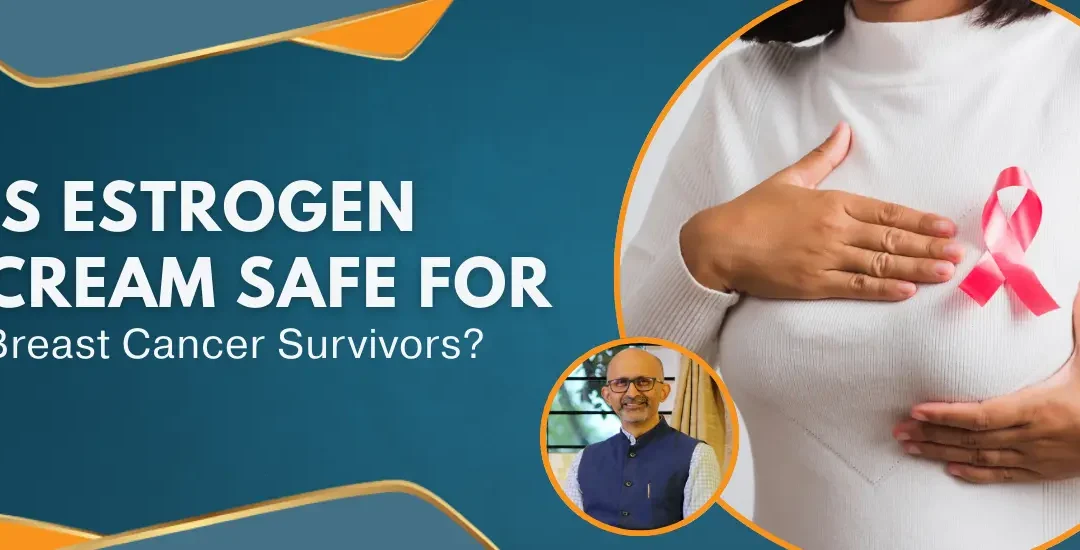



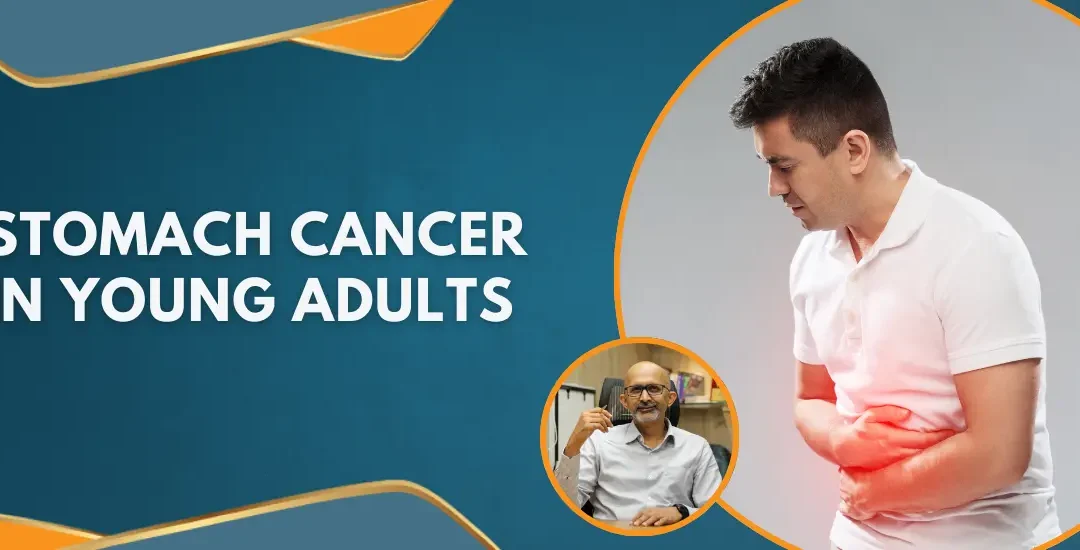



 stomach lining.
stomach lining. 
















